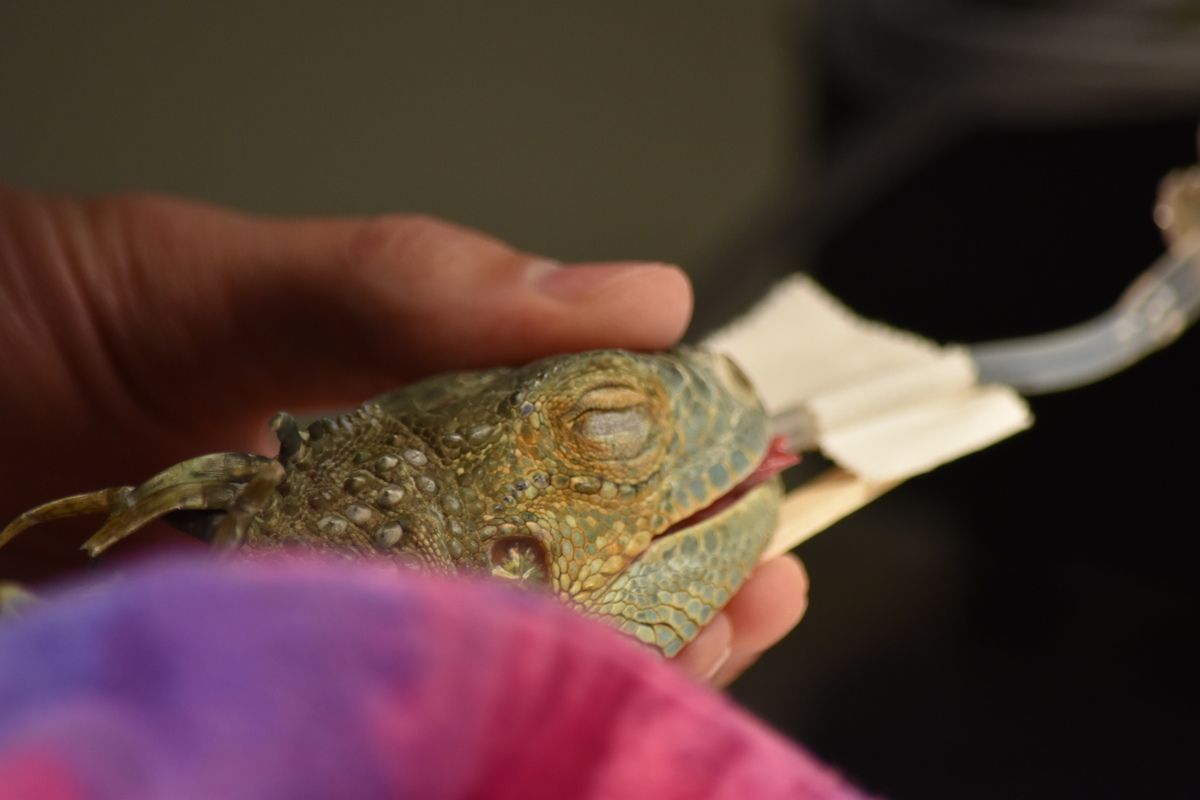August 22nd, 2018, is a day dedicated to bringing cats to the veterinary clinic. But you might be wondering, why is an entire day dedicated to getting our feline friends to the doctor?
While there are more pet cats in the United States than dogs, significantly fewer ever see a veterinarian. According to the American Association of Feline Practitioners (AAFP) and a study by Bayer Animal Health, 83% of pet cats go to the veterinarian in their first year of life, and then never go again. There are a number of reasons that pet owners are reluctant to take their cats to the vet clinic. Many pet owners do not understand the value of a yearly exam.

But why does my cat have to regularly see a vet?
For many cats and their people, going in the carrier, the car, and into a vet clinic is very stressful! So, they avoid taking them to the veterinarian. But cats are experts at hiding illness, so owners may believe everything is going fine until their feline friend gets so sick that he cannot hide it anymore. Often the only symptom of a serious disease may be some weight loss, which many owners dismiss as a normal part of aging (it isn’t!). Finally, many cat owners believe nothing can happen to their indoor cats, therefore they do not need preventative health care such as vaccines and parasite control. However, even indoor cats can be exposed to fleas and heartworm-carrying mosquitos through screen windows and doors, intestinal parasites by eating bugs and mice that enter the house, and sometimes they do escape outside, and therefore should be protected against potentially deadly viruses such as panleukopenia and rabies. Additionally, an indoor only lifestyle does not exempt a cat from a legally mandated rabies vaccine.
Knowing why your cat needs to see the doctor on an annual basis (and semi-annual for senior/geriatric cats) is important for owners to understand. It’s about more than just vaccines! The physical exam performed by your veterinarian is a valuable and much underrated tool that helps identify problems in their earliest stages. Many owners do not even recognize that a veterinarian is performing a physical exam, but by putting his or her hands on the cat, he or she may be able to detect subtle changes in the coat quality, the amount of muscle, problems with the teeth, and anything abnormal happening in the abdomen just with a physical exam. As your cat ages, we recommend increasing the number of vet visits because the risk of certain types of disease, such as kidney disease and hyperthyroidism. Catching these signs early in the progress of the disease can lead to more successful treatments and outcomes.

The importance of catching problems early
Regular veterinary visits also allow an owner and veterinarian to work together to deal with medical and behavioral problems early. For instance, obesity is becoming one of the top health concerns of our pets, which can lead to diabetes and worsen arthritis in cats. If your veterinarian sees your kitty regularly, he or she can intercede and provide a diet plan before kitty becomes too fat. Additionally, we are now recognizing that dental disease can significantly impact quality of life by causing pain; identifying problems early can help prevent pain (and be less costly for an owner in the long run). Your veterinarian can also help with advice about behavior problems, such as house soiling.
Reducing the stress of a trip to the vet
So how can we reduce the stress of bringing our feline friends to the doctor’s office? Number one is to choose a veterinarian that you are comfortable with! Vets are people too, and finding one that you trust and whose personality is a good match for you and your cat is important. Also look for a veterinary clinic that caters to cats by having a quiet waiting area separate from dogs, and places to keep the cat carrier elevated off the floor in the waiting area and exam room. Ask if they have separate spaces to hospitalize dogs and cats. You can even find a practice that has been certified cat-friendly by the AAFP by clicking here!

Cat carriers don’t have to be scary!
Number two, teach your kitty that the carrier isn’t a scary object! I used to keep my cat carriers tucked away in a closet, and all my cats would flee under the bed as soon as I brought one out. Now, there are always a couple cat carriers out with soft towels or blankets inside. Instead of being scary things associated with car rides, my cats use their carriers as safe little caves in which to sleep or hang out. If you don’t want to keep a carrier out all the time, bring the carrier out at least a few days ahead of the vet visit and feed the kitty some tasty treats or canned food daily inside the carrier to associate it with good things. Once kitty is in the carrier, do not remove him until you are in the exam room at the veterinary clinic; many cats get scared and will bolt from an owner’s arms once outside the house. You may also want to try using a pheromone spray (i.e., Feliway) on the towel in the carrier which can help keep your kitty calm, as well as covering the carrier with a towel to decrease visual stimulation.
For cats that just refuse to enter the carrier calmly, tipping the carrier door-side up and putting the cat in back feet first usually works much better than forcing him in head first.
Finally, for some cats, no matter what you try, going to the veterinarian is an incredibly stressful experience involving yowling and tearing at the carrier. For these kitties, finding a veterinarian that makes house calls may make all the difference, allowing them to stay within their comfortable home environment. Alternatively, you may try with your veterinarian about using a mild anti-anxiety medication on the day of the visit, which can help smooth out the entire experience, from carrier to physical exam to back home again.
Happy trails, and visits to the vet!



